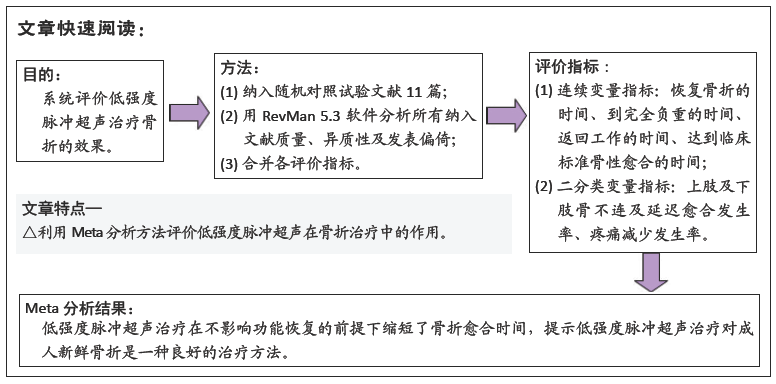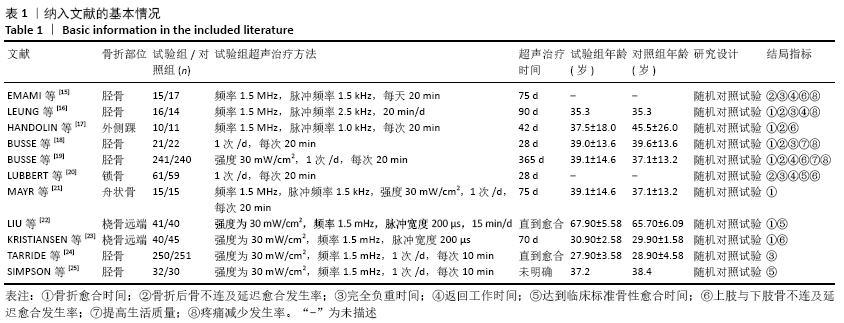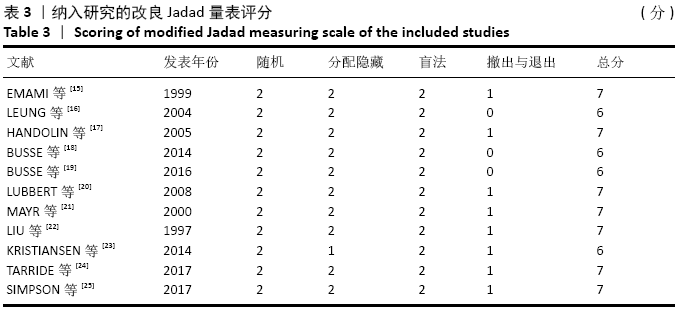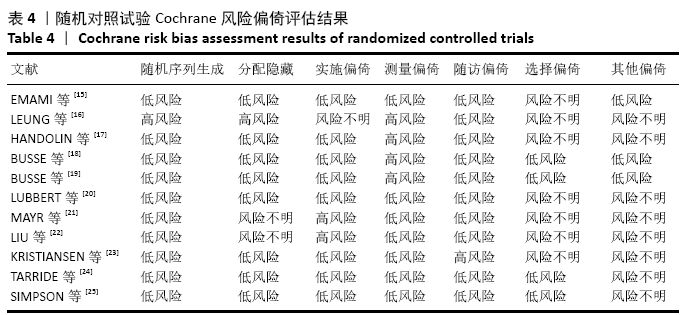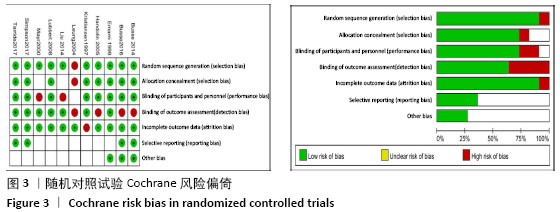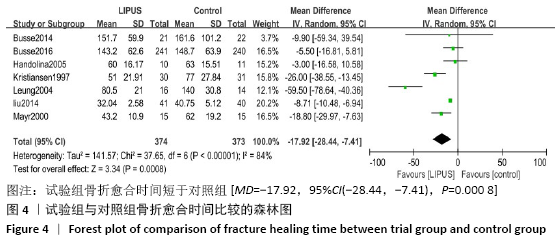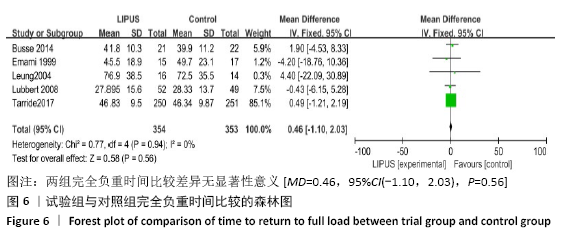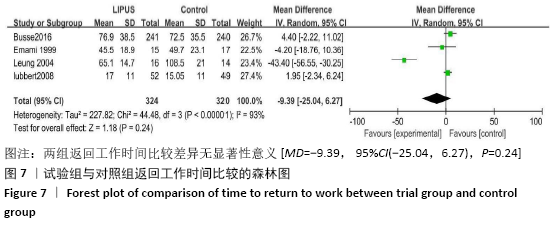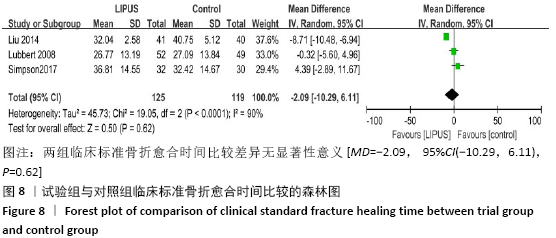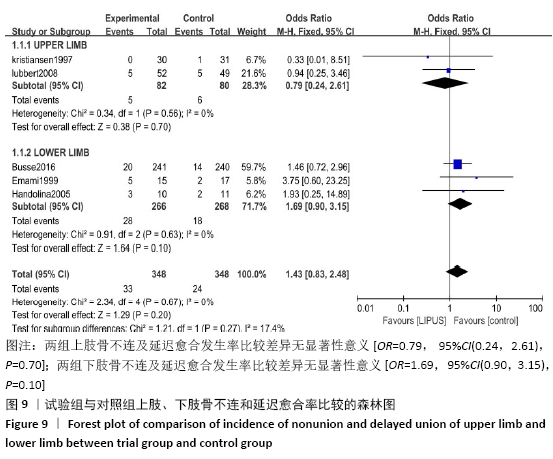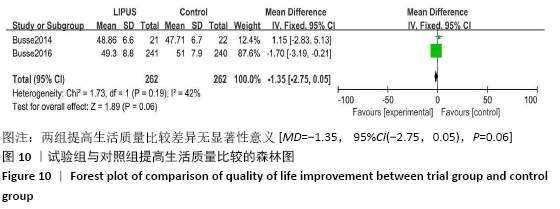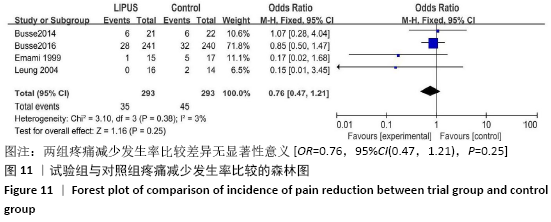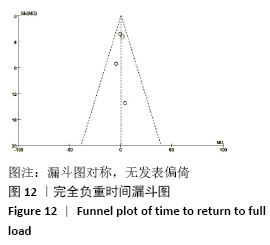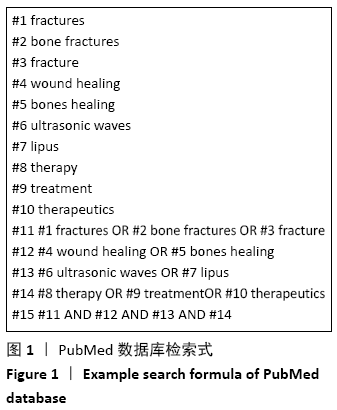[1] EINHORN TA. Enhancement of fracture-healing. J Bone Joint Surg. 1995;77(6): 940-956.
[2] DONALDSON LJ, SCHOLES S, SHELTON NJ, et al. The epidemiology of fractures in England. J Epidemiol Community Health. 2008;62(2):174-180.
[3] CHILDS SG. Stimulators of Bone Healing: Biologic and Biomechanical. Orthop Nurs. 2003;22(6):421-428.
[4] TROCK DH. Electromagnetic fields and magnets. Investigational treatment for musculoskeletal disorders. Rheum Dis Clin North Am. 2000;26(1):51-62.
[5] GUO Y, YU X, KANG Q, et al. Effects and mechanisms of mechanical stress on secondary fracture healing. Front Biosci (Landmark Ed). 2013;18:1344-1348.
[6] BUSSE JW, BHANDARI M. Therapeutic ultrasound and fracture healing: a survey of beliefs and practices. Arch Phys Med Rehabil. 2004;85(10):1653-1656.
[7] MALIZOS KN, HANTES ME, PROTOPAPPAS V, et al. Low-intensity pulsed ultrasound for bone healing: an overview. Injury. 2006;37(66):S56-562.
[8] LUO GY, SUN L, WEI EX, et al. The effects of low-intensity He-Ne laser irradiation on erythrocyte metabolism. Lasers Med Sci. 2015;30(9):2313-2318.
[9] ALYESSARY AS, YAP AUJ, OTHMAN SA, et al. Effect of Piezoelectric Sutural Ostectomies on Accelerated Bone-Borne Sutural Expansion. J Oral Maxillofac Surg. 2018; 76(3):616-630.
[10] GOPALAN A, PANNEERSELVAM E, DOSS GT, et al. Evaluation of Efficacy of Low Intensity Pulsed Ultrasound in Facilitating Mandibular Fracture Healing-A Blinded Randomized Controlled Clinical Trial. J Oral Maxillofac Surg. 2020;78(6):997.e1-997.e7.
[11] WATANABE Y, MATSUSHITA T, BHANDARI M, et al. Ultrasound for fracture healing: current evidence. J Orthop Trauma. 2010; 24(6):56-61.
[12] LOU S, LV H, LI Z, et al. Effect of low-intensity pulsed ultrasound on distraction osteogenesis: a systematic review and meta-analysis of randomized controlled trials. J Orthop Surg Res. 2018;13(1):205.
[13] BUSSE JW, MORTON E, LACCHETTI C, et al. Current management of tibial shaft fractures: a survey of 450 Canadian orthopedic trauma surgeons. Acta Orthop. 2008;79(5):689-694.
[14] BUSSE JW, KAUR J, MOLLON B, et al. Low intensity pulsed ultrasonography for fractures: systematic review of randomised controlled trials. BMJ. 2009;33(8):351.
[15] EMAMI A, PETRÉN-MALLMIN M, LARSSON S. No effect of low-intensity ultrasound on healing time of intramedullary fixed tibial fractures. J Orthop Trauma. 1999;13(4): 252-257.
[16] LEUNG KS, LEE WS, TSUI HF, et al. Complex tibial fracture outcomes following treatment with low-intensity pulsed ultrasound. Ultrasound Med Biol. 2004;30(3):389-395.
[17] HANDOLINA L, KILJUNEN V, ARNALA I, et al. Effect of ultrasound therapy on bone healing of lateral malleolar fractures of the ankle joint fixed with bioabsorbable screws. J Orthop Sci. 2005;10(4):391-395.
[18] BUSSE JW, BHANDARI M, EINHORN TA, et al. Trial to re-evaluate ultrasound in the treatment of tibial fractures (TRUST): a multicenter randomized pilot study. Trials. 2014;15(8):20-26.
[19] BUSSE JW, MOHIT BHANDARI M, EINHORN TA, et al. Re-evaluation of low intensity pulsed ultrasound in treatment of tibial fractures (TRUST): randomized clinical trial. BMJ. 2016;35(5):53-51.
[20] LUBBERT PH, VAN DER RIJT RH, HOORNTJE LE, et al. Low-intensity pulsed ultrasound (LIPUS) in fresh clavicle fractures: a multi-centre double blind randomised controlled trial. Injury. 2008;39(12):1444-1452.
[21] MAYR E, RUDZKI MM, RUDZKI M, et al. [Does low intensity, pulsed ultrasound speed healing of scaphoid fractures?]. Handchir Mikrochir Plast Chir. 2000;32(2):115-122.
[22] LIU Y, WEI X, KUANG Y, et al. Ultrasound treatment for accelerating fracture healing of the distal radius. A control study. Acta Cir Bras. 2014;29(11):765-770.
[23] KRISTIANSEN TK, RYABY JP, MCCABE J, et al. Accelerated healing of distal radial fractures with the use of specific, low-intensity ultrasound. A multicenter, prospective, randomized, double-blind, placebo-controlled study. J Bone Joint Surg Am. 1997;79(7): 961-973.
[24] TARRIDE JE, HOPKINS RB, BLACKHOUSE G, et al. Low-intensity pulsed ultrasound for treatment of tibial fractures: an economic evaluation of the TRUST study. Bone Joint J. 2017;99(11):1526-1532.
[25] SIMPSON AH, KEENAN G, NAYAGAM S, et al. Low-intensity pulsed ultrasound does not influence bone healing by distraction osteogenesis: a multicentre double-blind randomised control trial. Bone Joint J. 2017; 99(4):494-502.
[26] DUDKIEWICZ I, HEIM M, SALAI M, et al. Ultrasonographic evaluation of union in long bones fractures. J Musculoskelet Res. 2009;12(2):105-112.
[27] NMATSUMOTO K, SHIMO T, KURIO N, et al. Low-intensity pulsed ultrasound stimulation promotes osteoblast differentiation through hedgehog signaling. J Cell Biochem. 2018; 119(6):4352-4360.
[28] CHAPMAN IV, MACNALLY NA, TUCKER S. Ultrasound-induced changes in rates of influx and efflux of potassium ions in rat thymocytes in vitro. Ultrasound Med Biol. 1980;6(1):47-58.
[29] LI JK, LIN JC, LIU HC, et al. Cytokine release from osteoblasts in response to different intensities of pulsed electromagnetic field stimulation. Electromagn Biol Med. 2007; 26(3):153-165.
[30] HADJIARGYROU M, MCLEOD K, RYABY JP, et al. Enhancement of fracture healing by low intensity ultrasound. Clin Orthop Relat Res. 1998;35(8):216-229.
[31] YANG KH, PARVIZI J, WANG SJ, et al. Exposure to low-intensity ultrasound increases aggrecan gene expression in a rat femur fracture model. J Orthop Res. 1996; 14(5):802-809.
[32] MIYAMOTO K ,AN HS, SAH RL, et al. Exposure to Pulsed Low Intensity Ultrasound Stimulates Extracellular Matrix Metabolism of Bovine Intervertebral Disc Cells Cultured in Alginate Beads. Spine (Phila Pa 1976). 2005;30(21):2398-2405.
[33] MALLAKPOUR S, KHODADADZADEH L. Ultrasonic-assisted fabrication of starch/MWCNT-glucose nanocomposites for drug delivery. Ultrason Sonochem. 2018; 40(6):402-409.
[34] MCKENNA RT, DOVE JC, RATZLAFF RA, et al. A 3-Dimensional Printed Ultrasound Probe Visuospatial Trainer. Ultrasound Q. 2018;34(2):103-105.
[35] 张婷婷,高明霞,夏鹏,等.低强度脉冲超声与吡格列酮对骨关节炎软骨细胞的影响[J].中华物理医学与康复杂志,2018, 40(3):167-173.
[36] ALIABOUZAR M, LEE SJ, ZHOU X, et al. Effects of scaffold microstructure and low intensity pulsed ultrasound on chondrogenic differentiation of human mesenchymal stem cells. Biotechnol Bioeng. 2018;115(2): 495-506.
[37] BANIASAD F, MAKKIABADI B, SOLGI R, et al. Transcranial Focused Ultrasound Modulates Electrical Behavior of the Neurons: Design and Implementation of a Model. J Biomed Phys Eng. 2020;10(1):65-74.
[38] BAYRAM S, KENDIRCI AŞ, KIRAL D, et al. Isokinetic Strength Comparison of Tuberosity Fractures of the Proximal Fifth Metatarsal Treated With Elastic Bandage vs Cast. Foot Ankle Int. 2020; 41(6):211-222.
[39] 余章斌.重新评价meta分析在临床科研中的作用[J].中华围产医学杂志, 2015, 18(3):210-213. |
